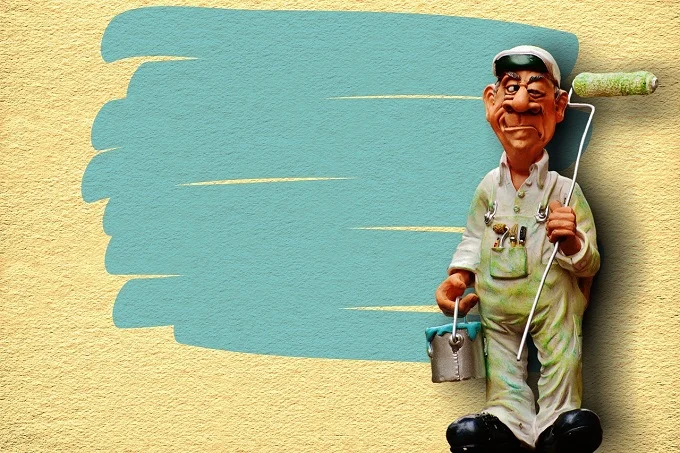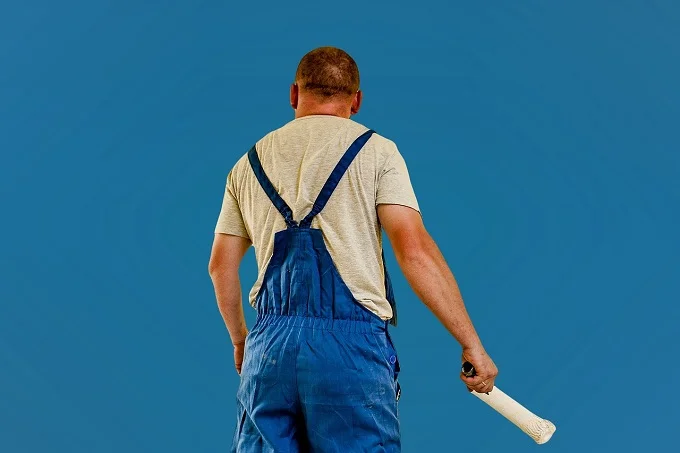Painting outside? These 5 mistakes are the most made

The outdoor painting season is in full swing. But before you get started with the paint pot and roller, you should prepare yourself well for the most important pitfalls.
Painting the outside door, facade, or garden house not only provides a new look. This also protects the surface against various weather influences. Because outdoor painting is dependent on the weather, it is best to carry out this job between the end of April and September.
These 5 mistakes are the most made when Painting outside
1. Not waiting for the right circumstances
Listen to the weather forecast. It is best to paint at a temperature between 10 and 25 degrees Celsius. Do not perform exterior painting when showers are announced and never paint in full sun.
During painting and a few hours after work, avoid surfaces with a temperature higher than 25 or lower than 10 degrees. Painting at temperatures above 30 degrees is asking for problems. Even if there is a risk of fog or dew, it is better not to paint because the paint can then become matte.
2. Inadequately preparing the substrate
Fill holes, crevices, and connection joints. You may have to sand the paintwork first so that the surface is nicely even. Provide a dry, clean, and dust-free surface. It shouldn’t be powdery either. Exterior walls should at least be dusted with a brush and preferably de-mossed as well. Wood and metal must be degreased thoroughly, but never use white spirit.

Remove loose paint particles. Strongly peeling paint layers can be removed with a paint stripper. Façades in poor condition should be sandblasted first.
Do not paint on a damp surface. First, solve the cause of the moisture problem and wait until the substrate is dry. Walls in stone sometimes suffer from penetrating rainwater. With a hydrophobic coating, a colorless silicone-based moisture-resistant layer, you make those walls waterproof and prevent them from getting wet when it rains.
3. Using the wrong paint
You use lacquer on wood, metal, and PVC. Use wall paint for brick, plaster, plasterboard, and aerated concrete. Within the lacquer and wall paints, there are water-based products for most jobs without environmentally harmful solvents.
Please note: water-based paints are not suitable for outdoor iron or steel. Use oil-based paint for this. Water-based lacquers (acrylate lacquers) are flexible and breathable and, therefore, ideal for wood.
4. Do not apply a primer
First, treat each surface with the correct primer. The general rule of thumb: always apply one coat of primer and then two top coats. Some paints deviate from this rule, but this is clearly explained in the paint pot.
5. Using an inexpensive brush or roller
A good brush or paint roller absorbs a lot of paint and ensures that you can apply the paint liberally without ‘bleeds’. For exterior walls, use a special roller with extra-long fibers of 18 mm. Use a paint roller for paint. For water-based paints, there are adapted brushes and rollers for the smoothest possible result.




